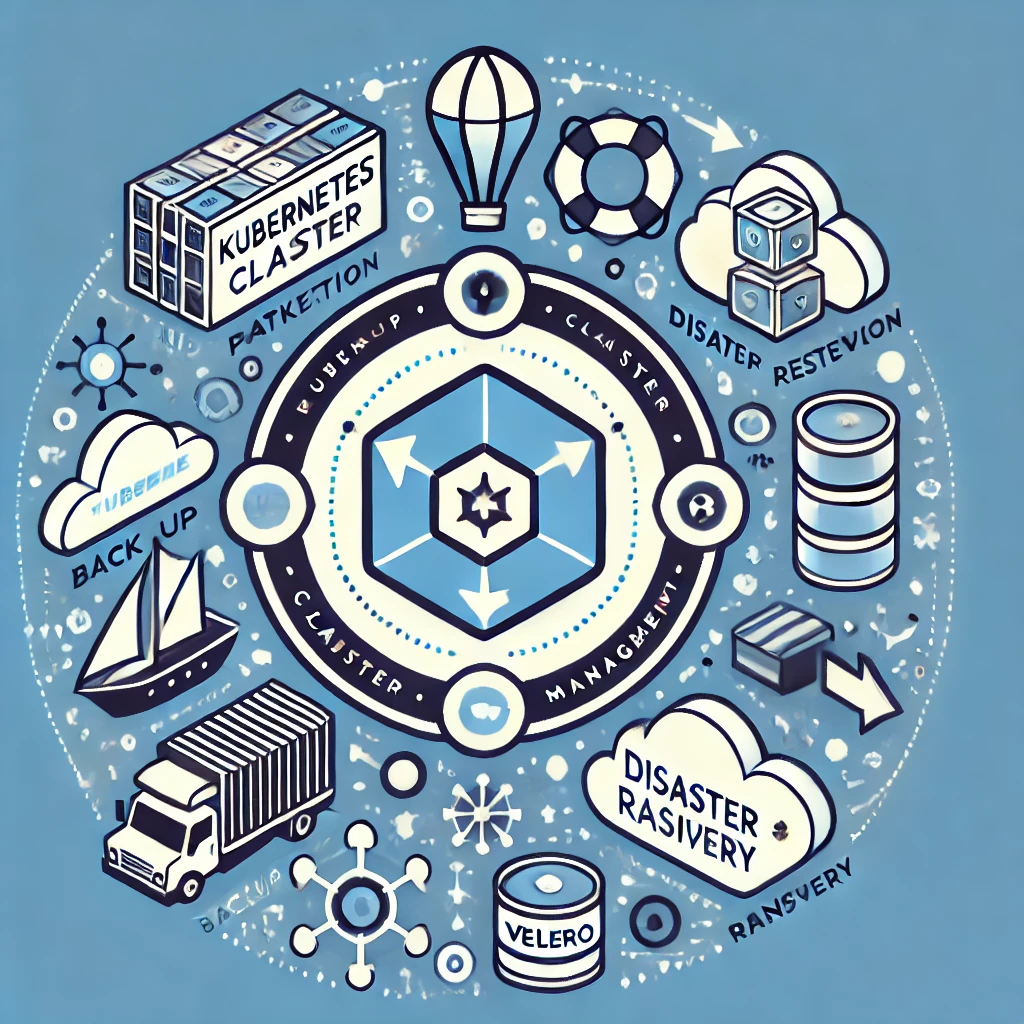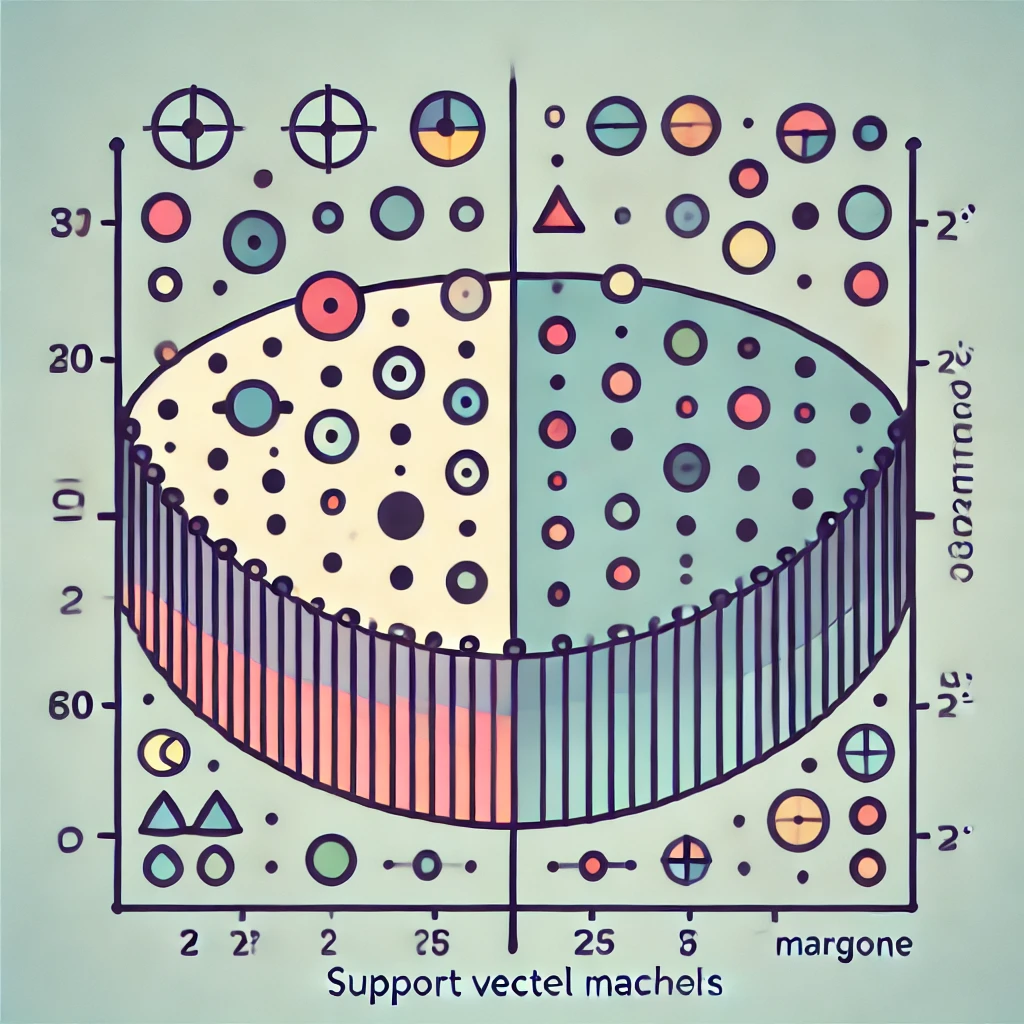A Guide to Kubernetes Backup and Disaster Recovery

In the world of Kubernetes, ensuring the availability and integrity of data is crucial for maintaining seamless operations and achieving business continuity. As organizations increasingly rely on Kubernetes for orchestrating containerized applications, the need for robust backup and disaster recovery solutions becomes paramount. This is where Velero, an open-source tool, comes into play, offering a versatile solution for Kubernetes cluster disaster recovery, data migration, and data protection.
What is Velero?
Velero, formerly known as Heptio Ark, is an open-source project designed to provide backup and restore capabilities for Kubernetes clusters. It enables users to take backups of their Kubernetes cluster resources and persistent volumes, allowing for restoration in case of data loss, migration to different clusters, or testing new environments.
Velero supports a wide range of cloud providers and on-premises storage solutions, making it a flexible and powerful tool for Kubernetes users.
Key Features of Velero
-
Backup and Restore: Velero can back up the entire Kubernetes cluster, including namespaces, resources, and persistent volumes. Backups can be scheduled or triggered manually, providing flexibility in managing data protection policies.
-
Disaster Recovery: In the event of a cluster failure or data corruption, Velero allows for quick restoration of the Kubernetes environment, minimizing downtime and data loss.
-
Data Migration: Velero facilitates the migration of Kubernetes resources between clusters, whether across different cloud providers or from on-premises environments to the cloud. This feature is particularly useful for scaling applications or testing new infrastructure.
-
Supported Storage Backends: Velero supports various storage backends, including AWS S3, Azure Blob Storage, Google Cloud Storage, and more. This compatibility ensures that organizations can integrate Velero into their existing storage infrastructure.
-
Custom Resource Support: Velero can be extended to back up custom resources, providing a comprehensive backup solution for complex Kubernetes applications.
How Velero Works
Velero operates through a few key components:
- Server: The Velero server runs in the Kubernetes cluster and coordinates backup, restore, and migration operations.
- CLI: The command-line interface (CLI) allows users to interact with the Velero server, managing backup and restore processes.
- Plugins: Velero uses plugins to integrate with various storage backends and Kubernetes APIs, enhancing its functionality and compatibility.
When a backup is initiated, Velero captures the state of the Kubernetes resources and stores the data in the specified storage backend. In case of a restore, Velero retrieves the backup data and recreates the Kubernetes resources and their state.
Use Cases for Velero
-
Disaster Recovery: Velero provides a safety net for unexpected failures, ensuring that data can be restored quickly and accurately.
-
Data Migration: Organizations can use Velero to migrate workloads between clusters or cloud providers, supporting business agility and scalability.
-
Development and Testing: Velero can create consistent snapshots of production environments for testing and development purposes, enabling safe experimentation without impacting live systems.
-
Compliance and Audit: Regular backups facilitated by Velero help in maintaining compliance with data retention policies and provide a mechanism for audit and verification.
Getting Started with Velero
To get started with Velero, follow these basic steps:
-
Installation: Deploy Velero in your Kubernetes cluster using Helm or the Velero CLI. Choose the appropriate storage backend plugin based on your infrastructure.
-
Configuration: Configure backup storage location and other settings through Velero's CLI or YAML configuration files.
-
Backup and Restore Operations: Use the Velero CLI to create, list, and manage backups and to initiate restore operations as needed.
-
Scheduling: Set up schedules for regular backups to ensure continuous data protection.
Conclusion
Velero is a versatile and reliable tool that plays a crucial role in Kubernetes data management strategies. By providing comprehensive backup, disaster recovery, and data migration capabilities, Velero helps organizations protect their data, maintain uptime, and adapt to evolving infrastructure needs. Whether you're running a small development cluster or managing a large-scale production environment, Velero offers the features and flexibility required to safeguard your Kubernetes ecosystem.


